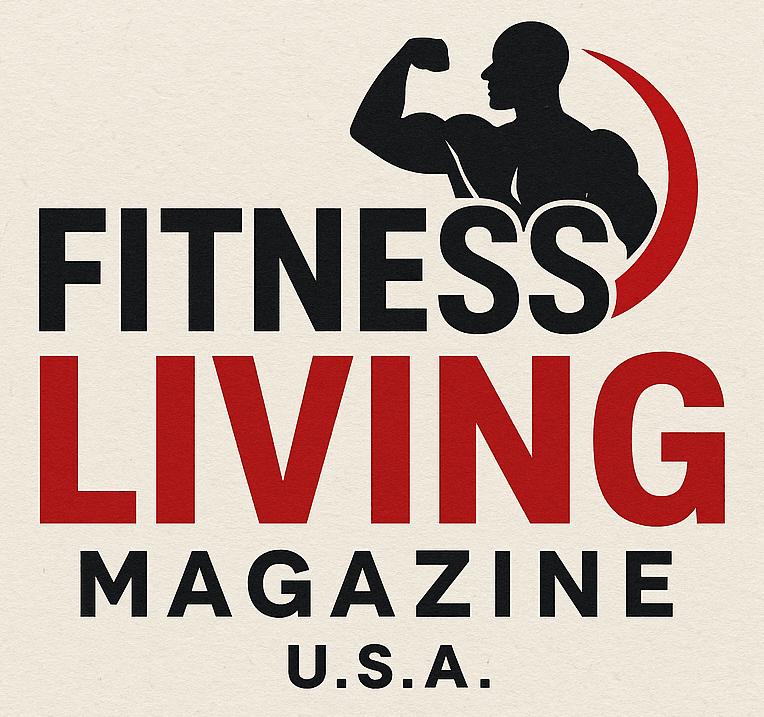
The Connection Between Yoga, Flexibility, and Athletic Performance
In today's fitness landscape, yoga is often viewed as a practice focused primarily on relaxation and mindfulness. However, research increasingly supports its role as a vital component of athletic training, enhancing flexibility, stability, and overall performance. With a particular focus on how integrating yoga into fitness regimes can reshape athletic capabilities, this article explores the profound benefits of yoga for athletes and fitness enthusiasts alike.
Why Flexibility Matters in Sports
Flexibility plays a crucial role in athletic performance. It not only allows athletes to achieve a greater range of motion but also reduces the risk of injury—an aspect crucial for any sport. According to a study published in the Journal of Sports Medicine, athletes with better flexibility often demonstrate improved performance metrics, such as speed and agility.
Investigating the Benefits of Yoga
Yoga isn’t simply about stretching; it encompasses a variety of poses, breathing techniques, and mental focus that contribute to enhanced athletic performance. Recent studies, such as one from Nike.com, emphasized how yoga helps improve muscle function, balance, and reduces stress—elements that are integral both to training and competition.
Regular participation in yoga has been shown to prevent injury, promote faster recovery, and enhance mental clarity, which can often be lost under the pressures of intense athletic training. Additionally, a 10-week study involving college athletes found significant improvements in flexibility metrics when yoga practices were included in their routines.
Types of Yoga That Boost Performance
The beauty of yoga lies in its diversity. From restorative styles like yin yoga to more vigorous forms like power yoga, athletes can find a practice that suits their needs. Fast-paced vinyasa or Ashtanga yoga challenges muscular endurance while enhancing cardiovascular health—essential for sports performance.
Statistical Data Highlighting Yoga’s Efficacy
A comprehensive study of college athletes engaging in bi-weekly yoga sessions illustrated remarkable increases in flexibility measures such as the sit-reach test and shoulder flexibility. In contrast, a non-yoga control group showed no improvement whatsoever. These findings corroborate the effectiveness of yoga in facilitating athletic prowess.
Yoga’s Role in Stress Management
Physical stress from rigorous training can lead to mental fatigue. Yoga acts as a counterbalance by promoting mindfulness and relaxation. A significant proportion of athletes report reduced anxiety levels and improved focus following yoga sessions, making them more adept at handling pressure during competitions.
Bridging Yoga and Strength Training
While traditional strength training enhances specific muscular strength and endurance, yoga provides a holistic approach by integrating strength, flexibility, and cardiovascular conditioning simultaneously. Research demonstrates that athletes who incorporated yoga into their routine not only lifted heavier weights but did so with greater ease and reduced risk of injury.
Conclusion: The Power of Integrative Training
For athletes looking to enhance their performance in a holistic manner, integrating yoga into their training routine is not just beneficial but essential. As detailed above, the practice promotes flexibility, reduces injury, enhances recovery, and improves mental clarity. Whether a seasoned athlete or a fitness enthusiast, embracing yoga could be a game-changer.
In conclusion, prioritize diversifying your fitness routine by including yoga classes offered at your local gyms. By doing so, you’re not only investing in your physical health but also your mental well-being.
 Add Row
Add Row  Add
Add 



Write A Comment